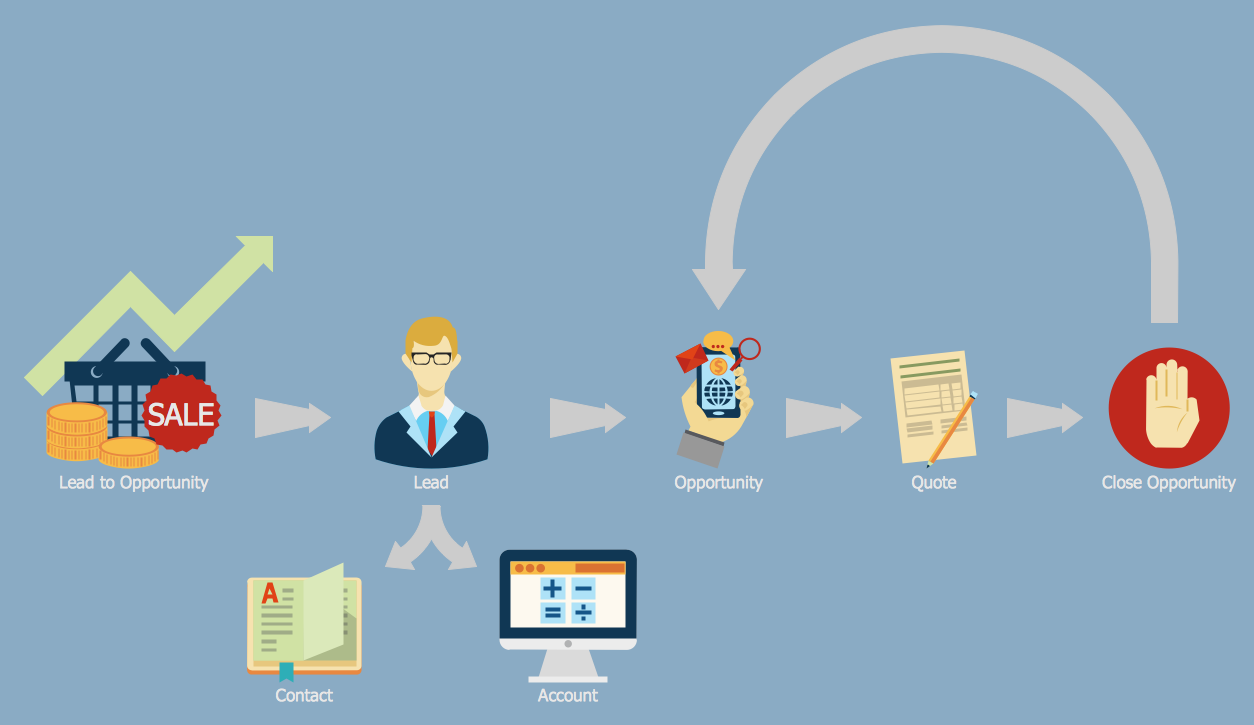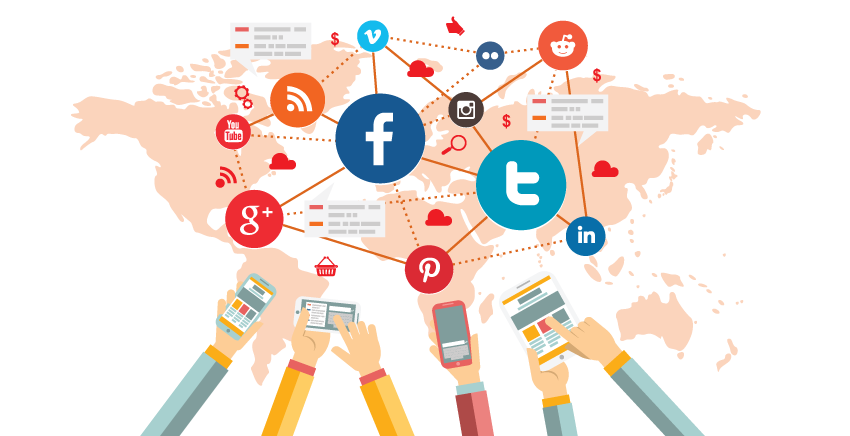Many marketers will agree their markets of operation are dynamic with influences from the macro and micro environments coupled with the ever-evolving buying habits and taste of their targeted consumers.
These trends have affected the way customers perceive brands and the processes they go through before taking the risk to buy from and associate with a brand.
Most customers are now able to block targeted messages communicated to them via TV, radio, and pop up internet adverts among others; thanks to the different sources of content online (You tube videos and blogs) and empowering tools provided them by our ever-helpful software developers.
The customer always knows when a brand is trying so hard to sell to him with all the “flamboyant” words in the advertising copy. He automatically blocks the message as he doesn’t initially get an in-depth understanding of the benefits or features of the product to the problem he wants to solve.
Although the customer is able to block these targeted messages from the traditional channels of communication, interestingly, he is still able to go fishing for “relevant” information from other sources to weigh available options before he commits to buy from a particular brand. The information accrued from his search influences his final decision to buy.
For over five years, many marketing experts have noticed this trend among consumers and have also come up with a new and “subtle” way to still sell their brand promise to the customer- at this point I guess the marketers said “aha got ya!”.
How does it work
This brought about the term inbound marketing which simply works by pulling customers to your brand with the relevant information you share with them. Outbound marketing (traditional marketing), however, works by you pushing your message to the customers with the hope of securing some attention, and hopefully sales leads eventually.
Unlike traditional marketing which works through media such as billboards, flyers and radio commercials among others, inbound marketing is done through search engine optimisation, e-books, article posting, social media, white papers, videos, podcasts, blogs, infographics, webinars, case studies and newsletters among others. As will be realised, all these examples are content based: Content is the main engine which drives inbound marketing.
Inbound marketing has been proven for many times to be an effective way of marketing by all sizes of businesses in different industries worldwide. This marketing strategy simply involves providing the customer important information which is disseminated through the right channels and presented at the right time.
The information created is meant to educate and inform the customer on the product or service he is considering to buy and how it will be beneficial to him, thus, meeting his needs. The information is tailored to educate the customer at each stage of the buyer’s journey (awareness, consideration and decision stages).
Providing the customer this kind of information empowers you, the marketer, by making the target customer reliant on your channels for information before a decision is made to finally buy. It also converts the customer from being just a stranger to your website, blog or channel to him being a regular visitor and then to a customer and finally to a promoter of your brand.
With inbound marketing, it is far easier for companies to convert their sale leads to constant buyers and promoters of their brands as the customers have been educated on the brand for a while.
Benefits
Inbound marketing has some great advantages to companies which practice it. This includes sales lead generation, lead nurturing and risk mitigation among many more. Research has also shown that customers tend to develop great relationships with brands which provide them information on their products and services unlike those which only hard sell through traditional marketing strategies such as trade shows.
Despite the advantages this strategy provide, many companies today face problems when they try to use it. The most glaring of these problems is the challenge faced in the creation of engaging and relevant content for the target customers to keep them coming back for more and convert them into sales leads, creating enough content with good variety to keep the customer engaged, measuring the impact and effectiveness of created content, setting aside a budget for the marketing activity and convincing management to buy into the whole idea of inbound marketing.
To effectively practise inbound marketing and achieve great results, companies can opt to produce and distribute their content by tapping into the skills and expertise of their staff or better still, they can opt to outsource the services of digital marketing companies which specialise in inbound marketing or even freelancers who have good experience in the field.
The marketing department of practising companies, inbound marketing companies and freelancers handle all activities from strategising the marketing activities to creating the content, distributing them to the target customers, measuring and analysing the effectiveness and results of the strategies and interpreting them for the purpose of re-strategising.
Due to how customers have evolved the way they gather information about brands and their products and services before they make the move to buy, companies also need to make changes to their marketing strategies to attract and build relationships with these customers.
From the examples given, it can be realized that inbound marketing is all about content as this is what draws the customers to you in the first place. The question now is, what exactly is content and what makes it relevant and engaging? How do you create that great content to convert visitors to your platforms to sales leads?
These will be discussed in the next post. For your business to stay relevant on the market, you also need to evolve or risk getting irrelevant. Stay tuned for the next article on inbound marketing. Cheers!
Author: Queen Atsu Egbemenyo
Email: queen@kaptiveit.com
0240198310






